Today we will line last week's Cinnamon Pass Snowflake Purse. This tutorial is heavy on hand sewing. If you do not know how to sew or hand-sewing is not your cup of tea, you may want to leave the purse unlined or crochet a pair of solid hexagons to attach on the inside of the purse.
I wanted this purse to be strong enough to last throughout the winter, so I came up with what I think is a sturdy lining using recycled plastic. Old foam core/plastic placemats could be used instead of beverage bottles, as could cardboard from cereal boxes if waterproof fabric is used. Old raincoats destined for the trash make excellent waterproof fabric for a project such as this. Tent fabric might work, too, but I have not stitched with anything that thick in many, many years, and I suppose the absence of experience might mean the original attempt was a booger and not something I yearned to repeat.
Everything I used in making this purse, from yarn to thread to fabric, came from somewhere in my stash or from my recycling bin. I did not buy anything to make this purse. (What an exhilarating feeling!)
Someday has arrived! My husband kindly cut one up for me, using my specifications, and no blood was shed. Can't say the final result would have been the same had I tried to chop those things!
Because I designed this project in my head while I was on my bike, my first attempt at creating this purse includes a few steps I should have done in a different sequence, such as making the paper patterns for the snowflake lining. So if you haven't finished making your purse yet, make the paper patterns when you complete the 9th rounds and 10th rounds of the purse snowflakes as instructed below, then finish putting the purse together.
I also finally finished charting my Precipice Snowflake. I've included the chart here. Click the chart to biggie size.
The charting took much longer than I anticipated, although it wasn't necessarily difficult. It's just challenging to get anything crafty done during cycling season when I leave the house at 5 a.m. to ride to work (which employment is not related to photography or fiber arts) and don't return until 8 p.m., then water the plants and garden, make dinner, shower, sleep and then get up and do it all over again. Three or four times a week! Training, weed-pulling and church take up the weekends. So I might not be charting again for a while, but I do plan to work on more of my patterns so those who prefer charts will be able to use the charts instead of written instructions. (As well as make it easier for readers in Australia and Europe who have been converting my patterns all this time.)
You may do whatever you'd like with snowflakes you make from this pattern and tutorial, but you may not sell or republish the pattern or tutorial. Thanks, and enjoy!
Finished Size: 8.5 inches from point to point
Materials: Cotton worsted yarn, size H crochet hook, sewing needle, stick pins, sewing thread to match snowflake
NOTE: This pattern also works without adjustments with size 10 crochet thread. I used a size 9 crochet hook and Lizbeth's rootbeer float colorway to test the pattern, and to me, it's just as tasty looking as the Chocolate Caramel cotton yarn! The thread version is 3.5 inches from point to point.
Instructions
Chocolate Caramel Snowflake
Make one to decorate just one side of purse or two to decorate both sides of purse.
Make magic ring.
Round 1: Ch 1, *1 sc in ring, ch 6; repeat from * 4 times; ch 2, 1 tr in starting sc (ch 2 and tr counts as final ch 6 petal). Pull magic circle tight.
If you're not reading this pattern on Snowcatcher, you're not reading the designer's blog. Please go here to see the original.
Round 2: *Ch 2, 1 dc in same sp, 1 tr in same sp, ch 7, sl st in 2nd ch from hook and each of next 3 ch, ch 5, sl st in 2nd ch from hook and each of next 2 ch, ch 4, sl st in 2nd ch from hook and in next ch, ch 4, sl st in 2nd ch from hook and in each of next 2 ch, ch 3, sl st in 2nd ch from hook and in next ch, working back down "tree," sl st in next ch, ch 4, sl st in 2nd ch from hook and each of next 2 ch, sl st in next ch of "tree," ch 5, sl st in 2nd ch from hook and in each of next 3 ch, sl st in next ch of "tree," ch 1, 1 tr in next ch 6 sp, 1 dc in same sp, ch 2, sl st in same sp; repeat from * 5 times. Bind off. Weave in ends.
Finish: Position snowflake on purse and pin in place. Sew on using blind stitches with coordinating thread.
Lining for Cinnamon Pass Snowflake Purse
Finished Size: 16 inches wide from point to point, 2 inches thick, 40-inch strap
Materials: Cinnamon Pass Snowflake Purse, about half a yard of fabric to match or coordinate with the purse, two sheets of plastic needlepoint canvas, one plastic milk or orange juice jug or other suitable plastic container large enough to cut 4 panels approximately 6 inches wide and 2 inches tall, scissors (NOT your sewing scissors) or art cutting blade, pins, sewing machine, needle, sewing thread to match purse and/or fabric, sewing scissors, strong and helpful assistant to do the cutting for you, chocolate or other suitable treat to properly thank said assistant for helping with the
Make a paper pattern by tracing around the purse snowflake, ignoring the points. I didn't think to do this until after I put the purse pieces together. It's easier if you trace around a single snowflake. Use the paper pattern to cut four pieces of fabric the same size as the snowflake without the points. Position the pattern over the purse again and trim off the equivalent of the 10th round. This is another step that would have been easier if I'd done it before I finished the snowflake, by tracing around the 9th round before working the 10th round. Cut two sheets of plastic needlepoint canvas (NOT with sewing scissors!!!) to fit the snowflakes up to the 9th rounds.
Measure the edge of the 9th round between two points (mine was 6 inches) and around between five points (mine was 24 inches).
Measure the side of the purse. (Mine was 2 inches.) Adding half an inch on each long side for the seams and an inch on each end for hems, cut two strips of fabric the length of the 4-point measurement and the width of the purse side. (Mine were 26 inches by 3 inches.)
To make four side and bottom panels, mark whatever plastic you are using to stiffen the purse with the measurement between two points and across the side. (Mine was 6 inches by 2 inches.)
Cut four pieces of plastic. Or have your favorite guy who's good with a knife cut the pieces for you.
Halfway done!
Cheerfully and affectionately (if appropriate) reward said helper.
Hem the short ends of the purse sides. (This is another step I didn't think to do until after I'd finished stitching everything together. I was able to salvage the project by tucking the raw edges into the tube and then stitching tightly across the top, but it would have been much, much easier to do this step first instead of last.) Make a tube by sewing the two pieces together along the long sides, leaving a half-inch seam and leaving the short ends open.
Using two fabric hexagons, sew two sides and one point together, leaving a half-inch seam. Repeat with second set of hexagons.
Clip the tips on each of the two sewed points, one on each fabric hexagon sandwich.
Turn front and back pieces inside out. I used a crochet hook to gently shape the points before pressing.
Starting half an inch down from short edge of tube, pin single fabric hexagon lining to tube along four unsewn edges, leaving second hexagon free. (Do front and back one at a time to prevent pins on the side you're not working on from poking you as you work.) The piece of fabric you are leaving free will be hand-stitched into place, covering the seams, later.
Clip and ease the tube at each of the lining points. Stitch, using half-inch seam. Repeat with back purse lining.
Insert recycled plastic strips into tube and slide into place. Your lining should now begin to take a snowflake/hexagon shape! Stitch tube ends closed. (I did this by hand.)
Insert plastic needlepoint canvas into lining front.
Pin lining edges along side seams, encasing seams inside lining.
Stitch along entire edge by hand. Repeat for back of purse.
Your lining is done! Insert into purse.
Tack top of purse to top of lining by hand. Put all your stuff inside the purse, sling it over your shoulder, and go have fun!






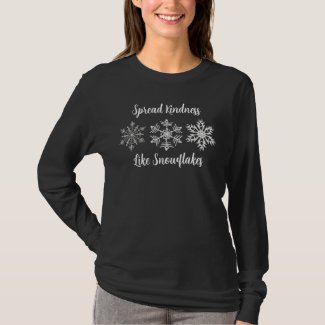
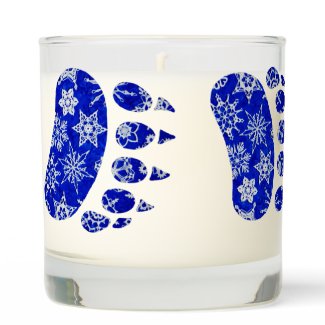
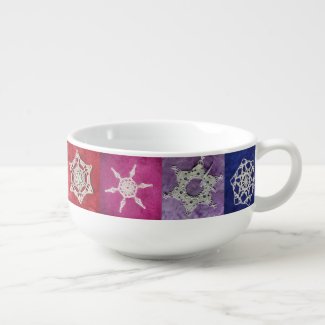

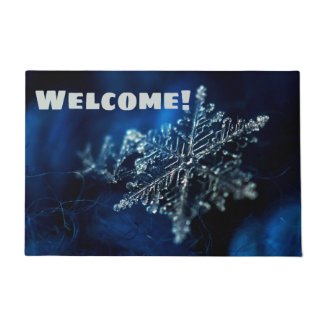
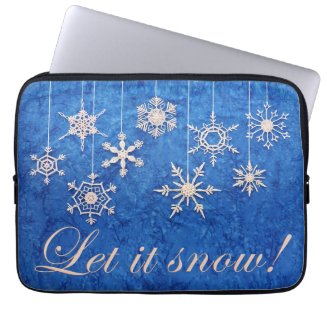
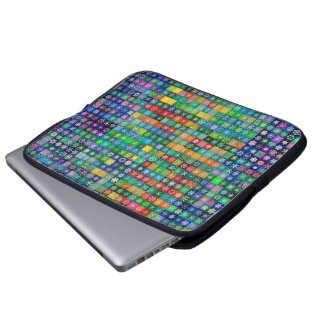
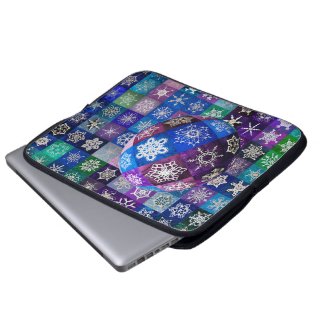















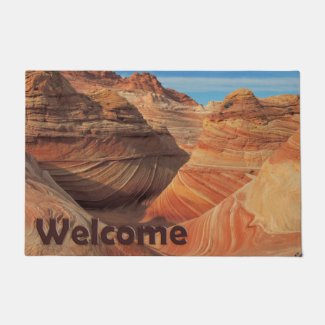
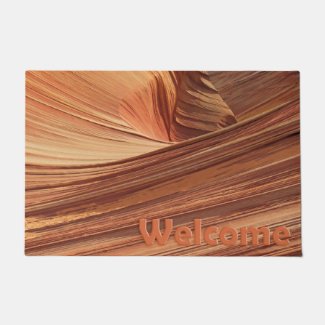

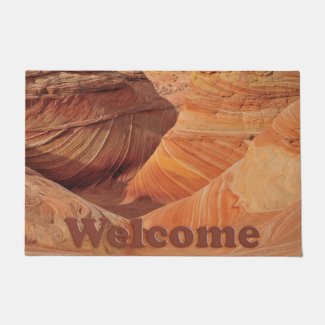
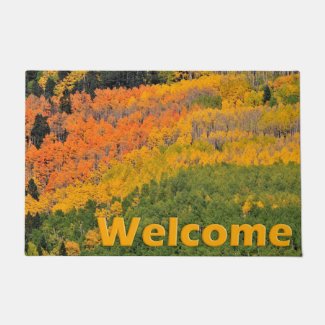
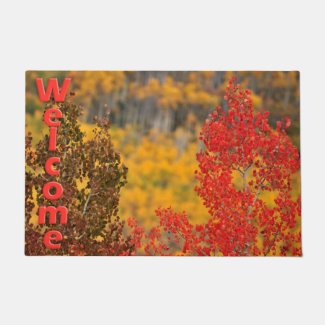
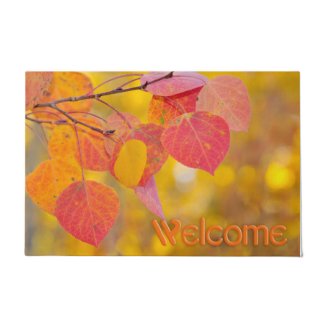
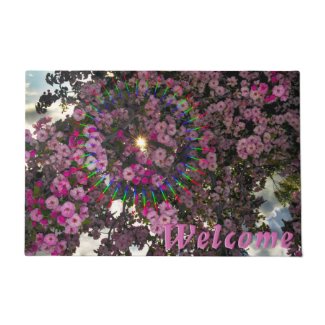
Wowza!
ReplyDeleteVery cool! And I can't believe you beat me to charting snowflakes! I was wrestling with Illustrator last week, but only made it to about round 2 of my Crystal Lace Snowflake... of course, it went a bit more quickly once I figured out that I could ZOOM IN! Doh! Much easier to manipulate those symbols at 3-500% :').
What program did you use for charting?
The purse looks very nice ♥
ReplyDeleteAwesome!!! Nice charting! Did you use Inkspace? Or Illustrator? The only suggestions I would make is to change the colors for each round and to number each round, if you can. It makes it a lot easier on the eyes. Other than that, it's a very lovely chart!
ReplyDeleteRecycling is really good anyway you do it :)
ReplyDeleteCute purse!
Very cute purse but I gave up sewing, LOL! The snowflake...definitely!! Great project, thanks for sharing. Cheers! ~M
ReplyDeleteGotta love those helping hands... where would we be without the guys? Just last night, Jeff was cutting foam core board to spec for a wee project I'm working on. He makes much neater lines than I do, with his strategical engineering brain and all that. :)
ReplyDeleteWhat a wonderful purse ... you're designs are always amazing and this is just super. Have to say the "reward" half down the post is quite tempting as well!
ReplyDeleteWoo hoo! A chart! Very professional and tidy - I just sketch mine.
ReplyDeleteI love recycling containers too. When I die, someone will have to sort through gazillions of sour cream containers and quart-size goat yoghurt tubs which I kept because they might come in handy some day.
So are you planning a "quilt" for the side of your house yet? :)
Okay. True confessions. The minute you said "heavy on hand sewing" I scrolled right on down to the bottom to say hellooooo!
ReplyDeleteThat's okay, right? I mean.. it's nice to know a few inept friends? :))
Been thinking about you and Lizard. Do you two bike at dawn? It sort of goes back to my post today but I'm amazed at all the peddlers who are out there at sunrise! I'm so not that energetic.
Hope all is well,
~ kate
Amazing to see the process you go through in creating your beautiful designs! I linked to your blog at http://raisingfigureskaters.com/2011/07/22/whatever-outcome-i-hope-dance/
ReplyDeleteJust incredible! What a process, although for you it feels like nothing I'm sure....and what a stunning background to place such a work of art!
ReplyDeleteAwesome creativity! And lovely reward for the Lizard's help.
ReplyDelete